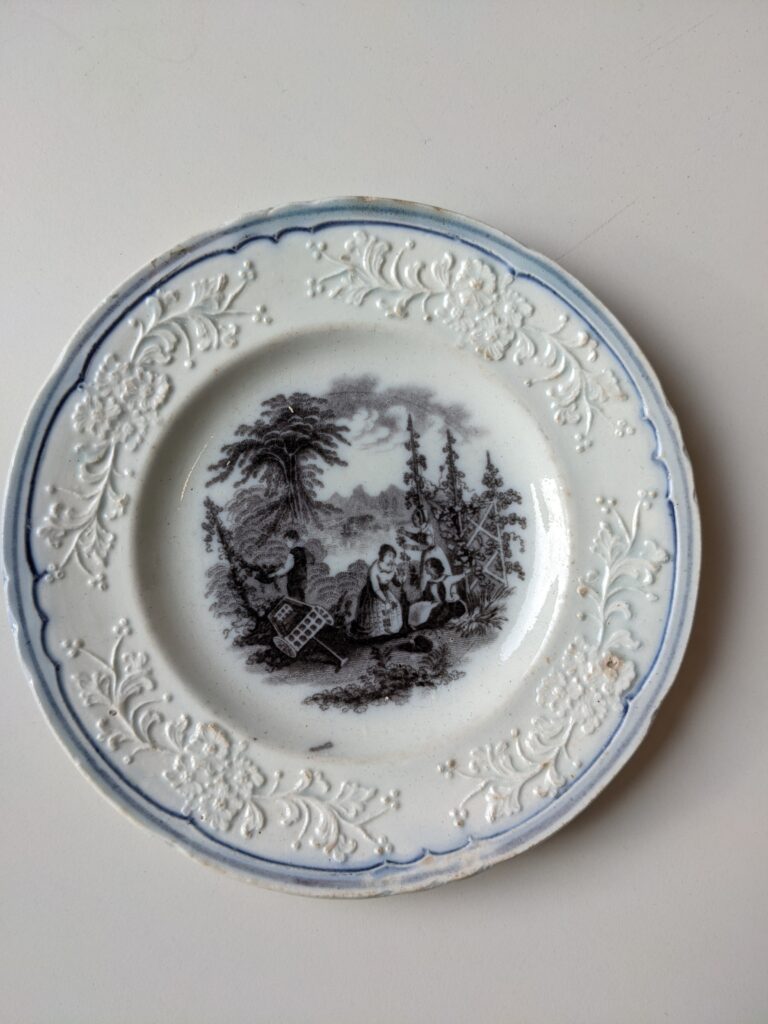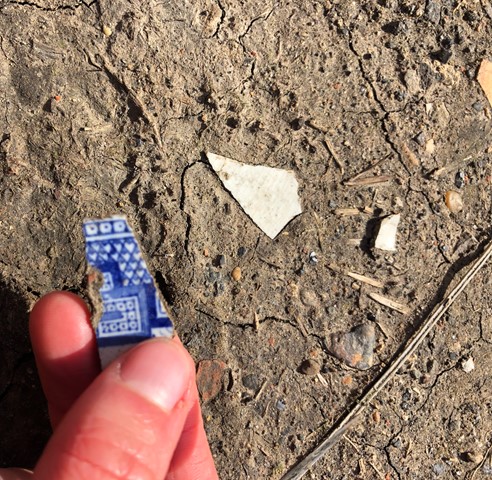My research for the Exchange Residency began with purchasing the 1968 book, The History of Middlesbrough: An Illustration of the Evolution of English Industry by William Lillie. I was told by James Beighton, my colleague at Tees Valley Arts that this book was written by a former town librarian and was a pretty thorough description of Middlesbrough’s history. If not a tad too thorough! I figured it was worth a read as I felt fazed. I didn’t know much about Middlesbrough’s history and the role of Researcher in Residence was to undertake historical research to uncover hidden histories of Middlesbrough. What if what I thought was a hidden history was actually pretty obvious? What sort of a researcher would that make me? Alas, a musty green book arrived from Abebooks, without its dust jacket and acted as my bible, filling me in with all the finicky details of Middlesbrough’s history in chronological order. With some background into Middlesbrough established, next came a visit to Teesside Archives to delve further into the town’s past.
The Archive. The pinnacle of knowledge! French philosopher Jacques Derrida highlighted in his 1995 paper, Archive Fever that the archive in its genesis was formed in ancient Greece. Here the site of the arkhe stored the official documents of the state and the archon acted as guardian of the materials. With this analysis, Derrida states that the archive has essentially always eluded towards power and asserts dominant narratives of power through the select documents it holds in its possessions. Was Teesside Archive to be the place I would uncover a hidden history of the town? My gut told me this was looking incredibly unlikely. Where did I start hunting? The archive building itself, located in Exchange Square was a site within the Highstreet Heritage Action Zone which held importance to the overall project. But there was an underlying pressure to find my hidden history, as the archive was in the process of being packed up and rehoused into storage ahead of the services move to the Dorman Museum. With the “official history” of Middlesbrough being put away for a couple of months (as well as being restricted to the public at the best of times), I felt pressed to find something then and there. Well, research doesn’t work that way! I viewed minute books and plans for the Royal Exchange building. It was when looking over renovation plans for the building that I was struck by the site of a bodega bar in the basement. Through Lille’s book, I read that the temperance movement in the town was rife with Middlesbrough’s ‘founding father’ Henry Bulckow, (the man behind the building) being an advocate. Middlesbrough Temperance Society was established when the town was 4 years old in 1836. Originally the purpose of the group was to encourage moderate consumption. However, two years later they advocated for total abstinence from alcohol of any kind.
So, it was with this irony that I decided to explore temperance and intemperance in Middlesbrough. As a researcher, the subject of drinking and abstaining from drinking in Middlesbrough history intrigues me. It conveys a notion of power as in who governs people’s bodies, which is a tool still used in the setting of archives. With strong emotions about the archives’ “power” to dictate what is history and what isn’t, (also, it was shutting up shop). I looked for another research method to explore this subject. Material culture was an area of study I’d not been particularly interested in at postgraduate level, but after some persuasion from James, The Open University website provided me with a short course to cover the basics. ‘An introduction to material culture’ explained why we should study objects and that there are two approaches used to this research method. The first type of approach was an object-centred approach where you focus on the physical details of the object. This is essentially describing the piece to form an appreciation of the item and working outwards. Notably, archaeologists use this technique when placing objects into groupings. The second technique is object-driven, which creates a better understanding of how objects can relate to the humans and cultures that make/use them. This can also lead to exploring how objects can change in their context over time, serving different purposes. So, with my research technique established I began an object driven search, looking for objects to do with drinking alcohol and not drinking alcohol in Middlesbrough from the 1800s to mid 20th century. It seemed pretty straightforward on paper. Beer bottles, soft drink bottles, glasses, public house signs, crockery could be examined. Temperance societies had a rich material history too with ribbons and medals being awarded to members. James shared with me a plate he owned that had been produced by Middlesbrough Pottery in 1834 – 1852. It depicted ‘Hop Pickers’ and hops had been used in the production of beer since the 16th Century. This was a great contrast to an 8 plate series produced by the pottery featuring George Cruikshank’s ‘The Bottle’, that I had discovered in the collections at the Dorman Museum that warned of the dangers of the demon drink.

With some further reading, I learnt that Middlesbrough Pottery Co. was Middlesbrough’s first industry. Established before iron and steel in 1834 by Richard Otley, Joseph Taylor, John Davidson and Thomas Garbitt. The factory was based only metres away from the banks of the Tees on Lower Commercial Street, St. Hilda. The industry made money as the advances in technology in the 18th Century meant that pottery was cheaper and quicker to produce within a factory setting and the geographic location allowed for the earthenware pottery to be traded globally till 1887. Sadly though the reality that it was mass-produced pottery has meant that it is often disregarded, and forgotten about by history. With the work of Middlesbrough’s Linthorpe Pottery (1879 – 1889) being more celebrated for their ‘exotic’ form and lavish colours. Rather, Middlesbrough Pottery produced ‘Utility’ (everyday) goods such as breakfast, tea and dinner sets as well as toilet pots and garden pots for the everyday person. This industry has been erased by the passing of time with the building that housed Middlesbrough Pottery being no more.
In a book published in 1985 found at Middlesbrough Reference Library entitled, The Pottery that Began Middlesbrough. The author Mary William’s said that the final traces of the works were broken pottery pieces that had been gathered up in 1983 and preserved in the Dorman Museum. Yet, on Vulcan Street, the Street running parallel to Commercial Street, I’d had a tip-off (from James and poet p.a morbid) that shards of pottery could be found planted in the ground. One windy Wednesday lunchtime in February I went down to the former site searching for pieces on the verge of the road. To my surprise, I found pieces right in front of my eyes and began excavating them with the tiny Swiss Army Knife attached to my house keys. The pieces varied in pattern and size, there were numerous blue and white Willow Pattern pieces – a highly popular design in Victorian times, a piece depicting hand-painted green and purple leaves, with visible brush stroke marks. The most eye-catching piece by far though was the largest. It was a transfer in a rich purple shade which on the later investigation was a motif from the pottery’s Arabian Nights series. It was during this digging up of Middlesbrough Pottery that I had an epiphany. Not only was I using an object-driven approach to explore the field of material culture (that no archaeology dig would have uncovered), but Middlesbrough Pottery is Middlesbrough’s Hidden History! The final few traces of the works were present in front of my eyes.

In conclusion, the role of the Researcher in Residence has been an abstract process. My intentions set at the start of this research to explore temperance and intemperance through material culture to uncover a hidden history has somewhat been diverted. With the hidden history, I have brought to light, the presence of Middlesbrough’s first industry has been revealed for a new audience. The next stages of this role are to hone back in on the word “exchange”. This was after all the Exchange Residency and even though the Middlesbrough Pottery Co. wasn’t based in Exchange Square. To me, the word exchange has connotations of sharing, and I would like to further share Middlesbrough Pottery through engagement activities that open up Middlesbrough’s history to new audiences and re write official histories.
